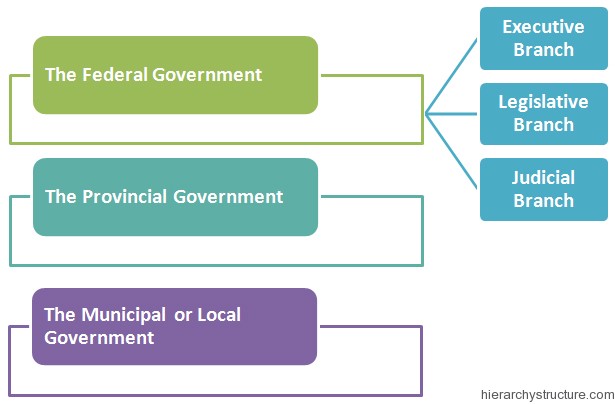The political scenario of Canada has a federal system of Parliament, following the democratic values in their functioning. The democratic values in Canada are well preserved and implemented with the help of a better voting system. The political system of the country is composed of a group of political parties like Liberal Party of Canada, Green Party of Canada, New Democratic Party and the Conservative Party of Canada. The Conservative Party is Canada is taking the major lead. In the subsequent paragraphs, we will discuss about the Canada political hierarchy in more details.
The whole political system of Canada is empowered by various governmental departments such as The National Defense Department, The Finance Department, The Revenue Department, The Department for Public Safety and Emergency, The Department of Foreign Affairs and International Trade and the Human Resource Management.
The government of Canada can also be called as a Constitutional Monarchy, a party System, a Federal System or a Representative Democracy. In Canada, the people elect the representatives to do the governing for them. This makes the country, a representative democracy.
Now coming to the Canada political hierarchy, there are three levels of government prevalent in Canada. The levels of government are termed as follows:

- Federal Government
- Provincial and Territorial governments.
- Municipal government.
The Prime Minister serves as the head of the government of Canada.
The Federal Government
All the federal responsibilities are carried out by the Monarchy and the Executive, Legislative and Judicial branches of Government.
- Queen Elizabeth II is Canada’s formal Head of State. She is the leader of Commonwealth and also the Head of the Executive and the Legislative branches.
- The Governor General represents the Queen and carries out the duties and responsibilities of the Head of the State.
- Executive Branch: The Executive branch implements and enforces all the laws created by the legislative branch. This branch is composed of Queen, represented by the Governor General, the Cabinet; which is a body of members of high rank including the prime minister and the administration, which includes all the government departments, armed forces, Crown corporations and other bodies.
- Legislative Branch: The legislative branch or the Parliament is composed of Queen, House of Commons and the Senate. The Parliament is denoted as the highest political institution in the Canada political hierarchy. The legislative branch performs detailed study of public policies and has the responsibility to create laws.
The House of Commons is the major law making body and is composed of elected representatives who vote on the proposed laws for Canada.
- Judicial Branch: The Judicial branch is comprised of judges and the Candian courts; and operates independently from the other branches of the government.
The Provincial Government
The Provincial government is the second level of the Canada political hierarchy.
- In the provincial level, the Queen is represented by the Lieutenant Governor.
- The laws are developed and implemented by the Legislative Assembly. The elected representatives are called as Members of Provincial Parliament.
The Municipal or Local Government
This is the last level of Canada political hierarchy.
- At the municipal level, the residents of the municipality elect the Mayor and the Council members.
- The Committees of councilors discuss various service, administrative and budget issues and then, pass them to the Council for debate.
